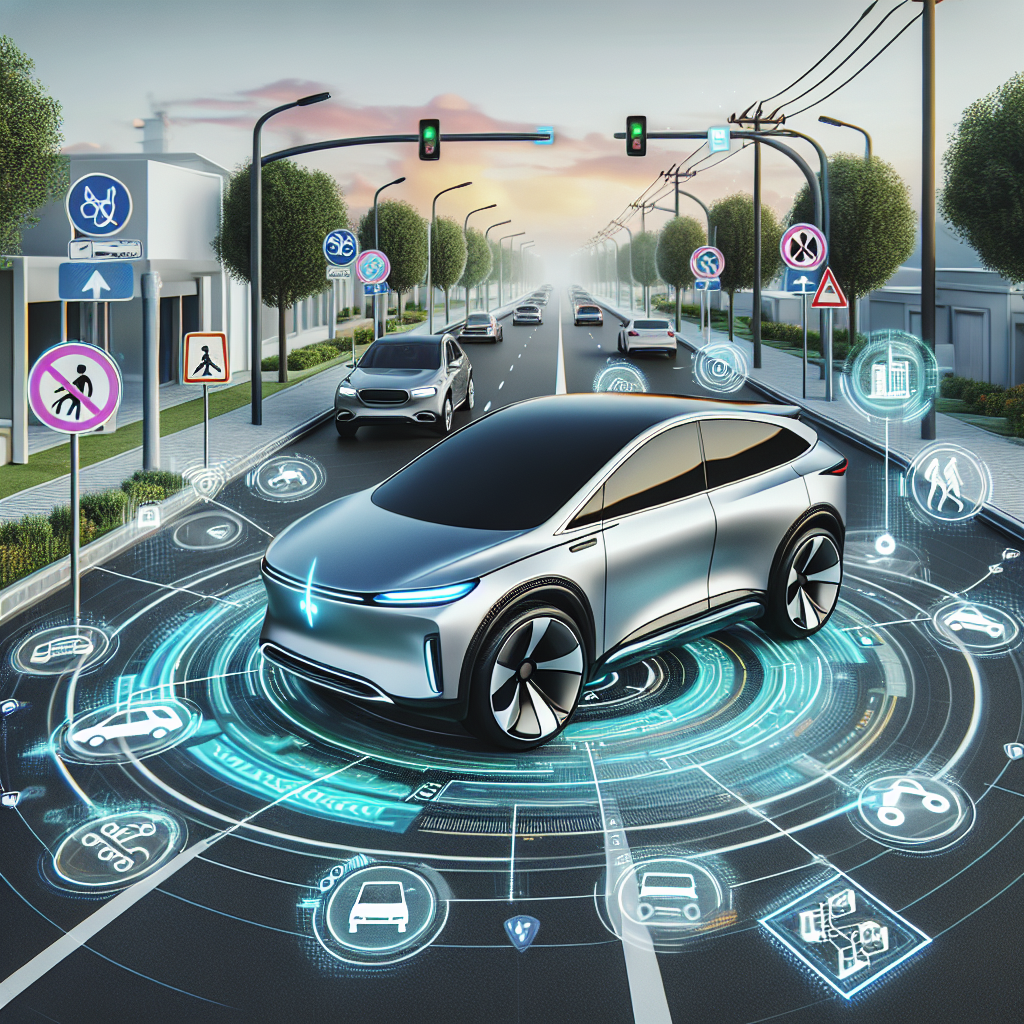Tesla's Design Stagnation: Turning Electric Innovation into Static Ignition
Tesla's reliance on the aging Model 3 and Model Y raises investor concerns as no new human-driven models are planned. CEO Elon Musk shifts focus to self-driving and robotics, leaving the company vulnerable in the rapidly evolving EV market. Industry experts debate the viability of Tesla's software update strategy.

Tesla's dependence on its successful 2017 Model 3 and subsequent Model Y is under scrutiny as the automaker faces challenges without new model releases. CEO Elon Musk's reorientation towards self-driving and robotics has left Tesla's car portfolio stagnant, raising investor concerns.
As traditional automakers invest in frequent design overhauls, Tesla's method of treating cars like updatable technology raises debate among experts. Critics warn that aging models could lead to declining sales. Data reveals Tesla's customer loyalty has dropped, an alarming trend in a market known for rapid innovation.
Industry analysts highlight the increasing pressure on Tesla from competitors, especially those in China's dynamic EV market. Despite strong profits historically, Tesla's lack of new products in key segments could pose substantial risks to its future growth and market position.









